
Premiers on PBS nationwide at 9 pm EDT on Monday, April 22. It will be broadcast and also streamed live from your local PBS station’s app or website. Official trailer is posted below. Watch Chapter 1.
Dear Friend and Reader:
When I was working on my photo series on Love Canal last autumn, I learned that PBS would be releasing a documentary about it in the spring of 2024. I was skeptical, though Luella Kenney, a former Love Canal resident and my interview subject, was excited about it.
Incredible as it is to consider, two elementary schools and sprawling suburban neighborhood were built on and around a chemical and nuclear dump filled with 20,000 tons of extremely toxic waste, populated from the late 1950s into the mid-1970s.
On Top of the News for Years
The resulting disaster was at the top of national news for years, from the spring of 1977 into 1980. The incident led to the creation of the Superfund, and the emergence of an environmental movement centered on dioxin. Many people were sickened, one child died from exposure to contamination from playing in his backyard, and thousands of lives were disrupted.
Today I attended a screening of the documentary, Poisoned Ground: The Tragedy at Love Canal, at the New York State Museum in Albany. It was the first independent effort as director/producer for its filmmaker, Jamila Ephron.
This is an outstanding work of documentary film-making and conveys what really happened at Love Canal and how it fits into the larger chemical waste problem in American society.
The audio above is the Q&A session after the screening. It’s not especially good audio but should be listenable.
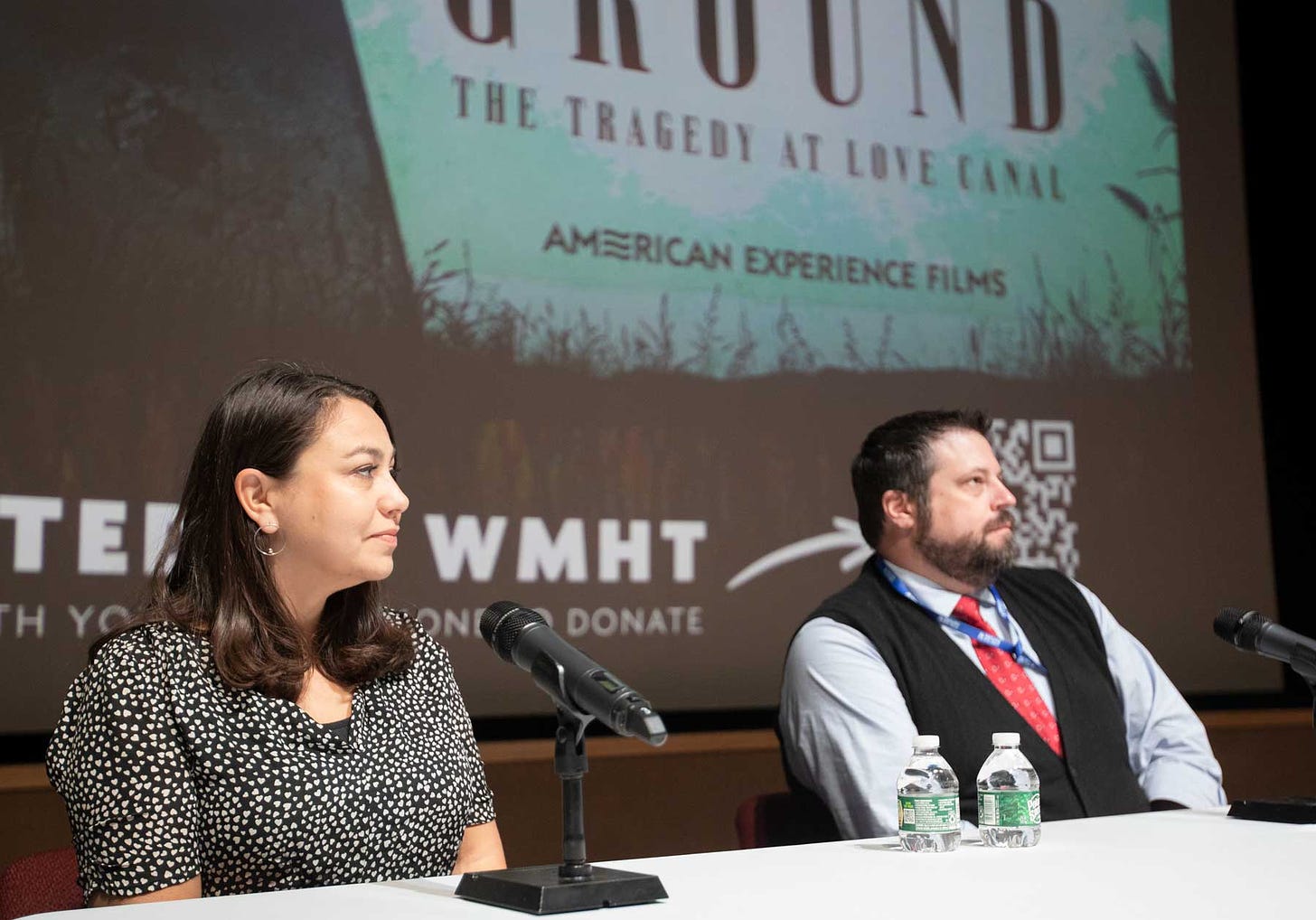
There have been many tellings of the events of Love Canal, though Poisoned Ground excels in several ways. First, the scope of archival research is impressive, gathering local and national television footage, as well as scenes from the attempted remediation of the waste dump.
Second, it’s the first telling of events that documents matters of race and class. There were really two Love Canal neighborhoods: a working- and middle-class area east of 96th St., comprising mostly of Caucasian families in suburban homes; and a low-income apartment complex called Griffon Manner, populated by mostly African-American families. This is the first I’ve ever heard of the details of the racial angle, or seen interviews with community leaders at Griffon Manor.
Third, Ephron treats the government leaders who bungled the cleanup with humanity and compassion, making the point that their incompetence partly involved the total lack of experience with such a disaster or confrontation. You get a sense of who they are without judgment or derision.
Documenting the Impact of Television
Finally, she masterfully documents the impact of television, and how well Love Canal residents (most of whom were only high school educated) caught onto how to use this powerful medium to build public support and move the government to act.
I learned about many facets of the situation I had never heard of or did not remember, including how the attempt at a cleanup of the dumpsite — with most of the residents still there — spread contamination and sickened people from exposure.
Ephron is excellent at pacing the film in such a way that you can feel how many events were compressed into less than four years.
I’ve visited Love Canal four times, written about it several times over the years, interviewed survivors and taken many photos. Poisoned Ground left me feeling like I had witnessed the events for the first time.
If all goes well, Ephron will be my guest Friday night on Planet Waves FM.
Catch you then.
With love,
This letter has not been read by my professional proofreaders.

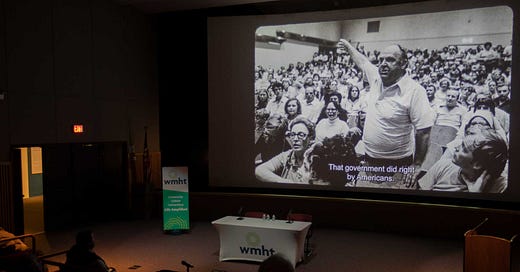
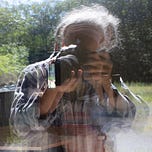


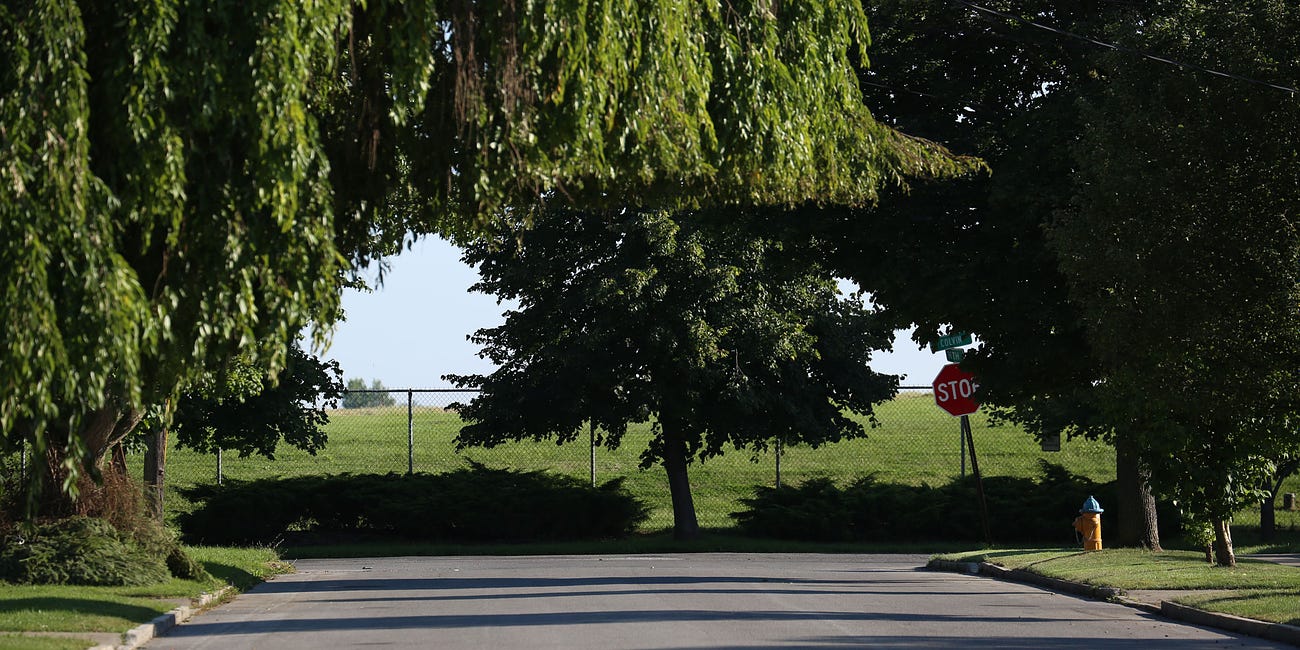

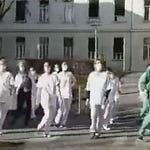
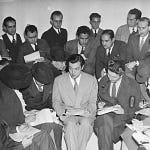
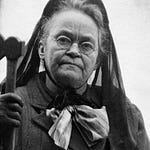

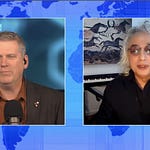



Share this post